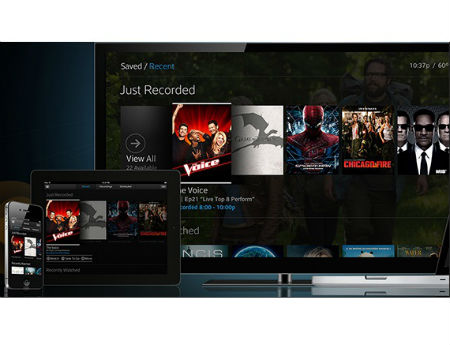Cloud-Based DVR: Under the Hood

New Orleans -- Turns out that delivering cloud-based DVR services is a whole lot different than delivering video on demand (VOD), even though the “ordering” process looks essentially the same: Open the app, pick the show of interest, push “play.”
That’s because VOD uses caches to store common content, while cloud-DVR (cDVR) requires an individual copy every time someone pushes “play” -- “which renders CDN caching useless -- this is individual to you, so there’s no caching,” said Neill Kipp, distinguished engineer within the Comcast VIPER (Video IP Engineering & Research) division at Thursday’s “Moving Set-Top Functions to the Cloud Session” here at the SCTE Cable-Tec Expo (and during which Kipp burst into song on several occasions, in order to manage a sudden case of speaker jitters -- it totally worked.).
Comcast began outfitting its systems with cloud-DVR components in 2014 -- mostly load-balanced “Super8” packagers, DASH-based origin servers, and lots and lots of storage. In one region, serving about 180,000 subscribers, the cDVR array stores close to 16 Petabytes of data.
“It’s a huge deployment, a real big thing -- all those discs, we had to buy, rack, and stack; every six weeks, we’d turn up another system,” Kipp said.
From a usage perspective, the cloud DVR service sees the most action “when nothing’s on,” Kipp said. “What we see is that when popular shows are on, people watch live TV -- but when nothing’s on, that’s when we see spikes.”
Asked why the cDVR service settled on MPEG-DASH (Moving Pictures Experts Group/Dynamic Adaptive Streaming over HTTP) rather than HLS (HTTP Live Streaming), Kipp and co-presenter Raj Nair, chief technology officer of Ericsson’s Mediaroom line, noted that DASH does a better job of handling multiple audio feeds and multiple codecs
“HLS throws up its hands and says ‘I wasn’t designed to do that, I was designed to work on an iPad,’” Kipp said, adding: “DASH is a little more powerful.”
The smarter way to stay on top of the multichannel video marketplace. Sign up below.
When asked if the elimination of local DVR storage signals the end of the set-top box, Kipp gave a provisional yes: “Is this the beginning of the end of the traditional set-top box? Yes -- don’t make me ship you one, don’t make me roll a truck.”
But whether set-top box, gateway or dongle, “you still need a client,” noted panel moderator Marwan Fawaz, partner with Sarepta Advisors. “The question is whether we’ll still have any local storage in the home.”
